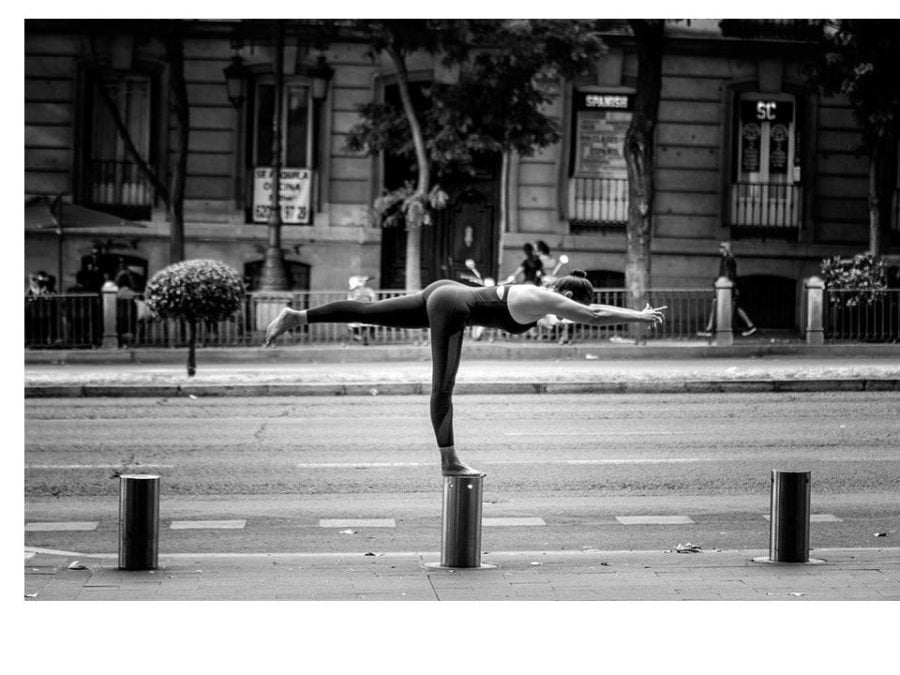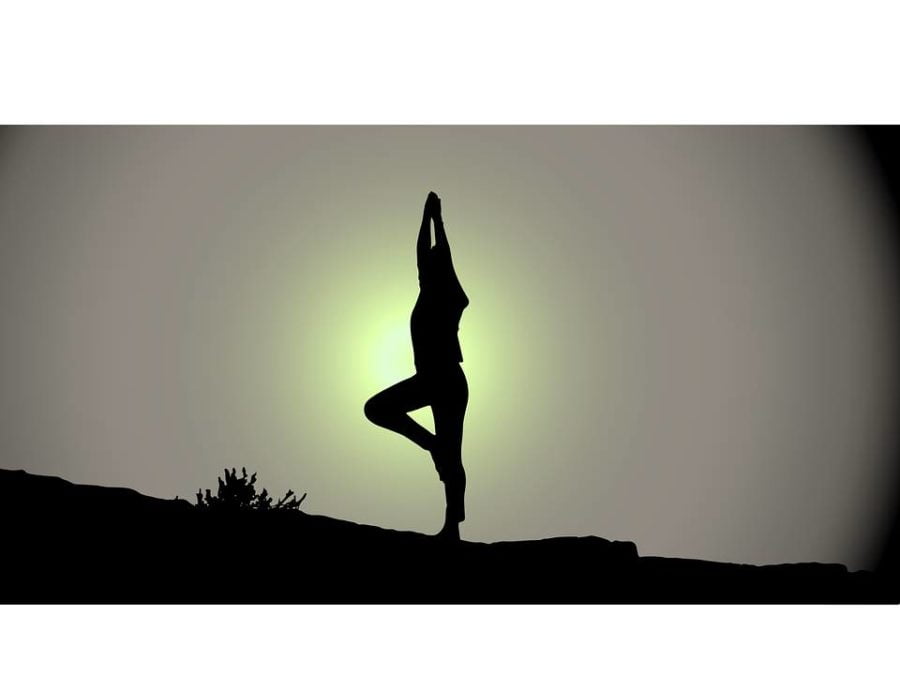Ashtanga yoga: everything you have to know, practice and benefits

Ashtanga Yoga is a different style of Yoga and begin to be well known around the world. Those who practice it know that it’s about very dynamic sequences that require a high concentration. As with others type of Yoga, respiration has a main role. In this article we will mainly verify the benefits that are obtained by practicing this discipline.

Ashtanga yoga
- Where Ashtanga Yoga is born?
- Which are the important features to know
- How many are the basic positions of Ashtanga Yoga
- First and second series of exercise
- How the right breathing should be done
- Eyes play a decisive role during exercises
- Ashtanga Yoga puts all the body’s muscles into action
- The benefits it brings to our health
- Conclusions
1. Where Ashtanga Yoga is born?
The origins are indian and very ancient, but the founder is Master Pattabhi Jois who was born at the begging of last century, precisely in 1915. He affirmed that the body has not its own rigidity, so he created a series of exercises to train the entire musculature. Pattabhi Jois in his youth was very attracted to the Vedas (the ancient texts of indian culture) and Yoga. He dedicated his life to study the technique combined with spirituality. He formulated some series of exercises to demonstrate how it was possibile to recover physical well-being. It was soon considered as a miraculous discipline. In 1948 he founded the Asthtagna Yoga Research Institute. Thanks to him this technique was known all over the world. Today it keeps being widespread by those who were able to gasp his knowledge and inheritance.

2. Which are the important features to know
Ashtagna Yoga is based on eight fundamental principles called “the Yoga’s branches”. They are Yama, Niyama, Asana, Pranayama, Pratyhara, Dharana, Dhyana e Samadhi. Here are the meanings of each of them. Yama indicates the action towards others. Niyama is the action towards oneself. Asana indicates the posture. Pranayama is the breath control. Pratyhara is the fasting of the senses. Dharana is about the concentration. Dhyana is meditation. Samadhi concerns self-awareness. The combination of breathing and psychal exercise must always interact with each other.
3. How many are the basic positions of Ashtanga Yoga
There are several positions which are classified in six series. In fact they are sequences of positions and each group falls into a serie. They are called First Series, Second Series, Advanced Series A, Advanced Series B, Advanced Series C and Advanced Series D. Each of them is completed in one hour and a half, more or less, since the position in sequence are a lot and have to be done slowly. The first and the second series have a difficulty level that, with a little exercise, can be reached by all. The advanced series require a lot of experience and training. The risk could be to injure. These are difficult exercise to realize but you can get there with daily practice.

4. First and second series of exercise
The first and the second series, although demanding, have a high difficulty level not too. In the first series we find two important positions that start the sequence. It’s about the sun salutation. The sun, being a sourch of energy, has always had a strong reference in the olistic field. For this reason in the Ashtanga Yoga it is very important to start the exercise honoring the sun. It will involve almost all the musculature but only by learning corretecly all the exercises of the first series you can move to the second. The sequence of movements is almost the same but it has the aim of stimolating and cleaning all the channels called Nadi that are located in the deep of our body.

5. How the right breathing should be done
During Ashtanga Yoga is important to give attention to breathing. It must be diaphragmatic and it allows a good oxygenation to the muscles, making easier the position execution. In addition, breathing must be synchronized with each exercise. The aim is creating an armony between body and breath so much so that the mind can fully regain the maximum concentration. Learning to breathe correctly will improve the blood circulation and it will be easier to complete the whole sequence of each set of position.
6. Eyes play a decisive role during exercises
In the Ashtanga Yoga positions, the look plays a main role. Staring a precise point of our body helps not to disperse the energy and to keep active the vital one. In all olistic disciplines, energy is treated as the source that you need to rebalance our entire body and regain well-being. The sequences of exercises require to concentrate with the look on some points, which are especially navel, hands, feet, tip of the nose and the third eye.
7. Ashtanga Yoga puts all the body’s muscles into action
It’s required a lot of technique to accomplish the exercise cointained in each series. The muscles of some body areas must be strained at the right point to allow to the spine to strech the affected discal parts. In addition, the sequence of the positions permits the stretching of the musculature and the strengthening of the balance. Standing exercise stimolate the function of the limbs, lower and higher. Other positions, to be carried out also on the ground with a mat, unite stretching exercises to mental relaxation.

8. The benefits it brings to our health
The musculature is strenghtened, and if the Yoga is practiced regularly, you become more relaxed in the movements. Every exercise is focused on calm and concentration bringing benefits on the psychic as well as physical level. It is a discipline that helps the balance and reduces the stress. Through Asthanga Yoga you can avoid muscle pain in the neck and back muscles caused by a wrong posture. The spine will be more flexible making the movements more fluid. The mind will have the opportunity to regenerate itself by removing stress and recovering serenity. You will suffer anxiety or depression no longer, since the relaxation generated from the exercises it is usefull to help the interior meditation. Enrolling in an Ashtanga Yoga class can help you to refind yourself and it will have the power to teach us to coordinate correctly movements with breathing.
9.CONCLUSIONS
As for traditional Yoga, also Ashanga Yoga has the principles to get us into the world of spirituality. Our body is part of the universe and as such it can benefit from cosmic energy. It is a life philosophy that increases our ability to see beyond the things, allowing inner peace to feed our body. In addition, all the relaxing exercise will be reflected on what we are going to in our life. They will improve our sleep and movements, we will toil less during the day and our mind and body will be balanced. Achieving physical well-being is an aim for everyone and Ashtanga Yoga can help.
Do you need an online naturopathic counselling? Click here
Disclaimer
This information is just a general indication and in no way replace the medical opinion.




